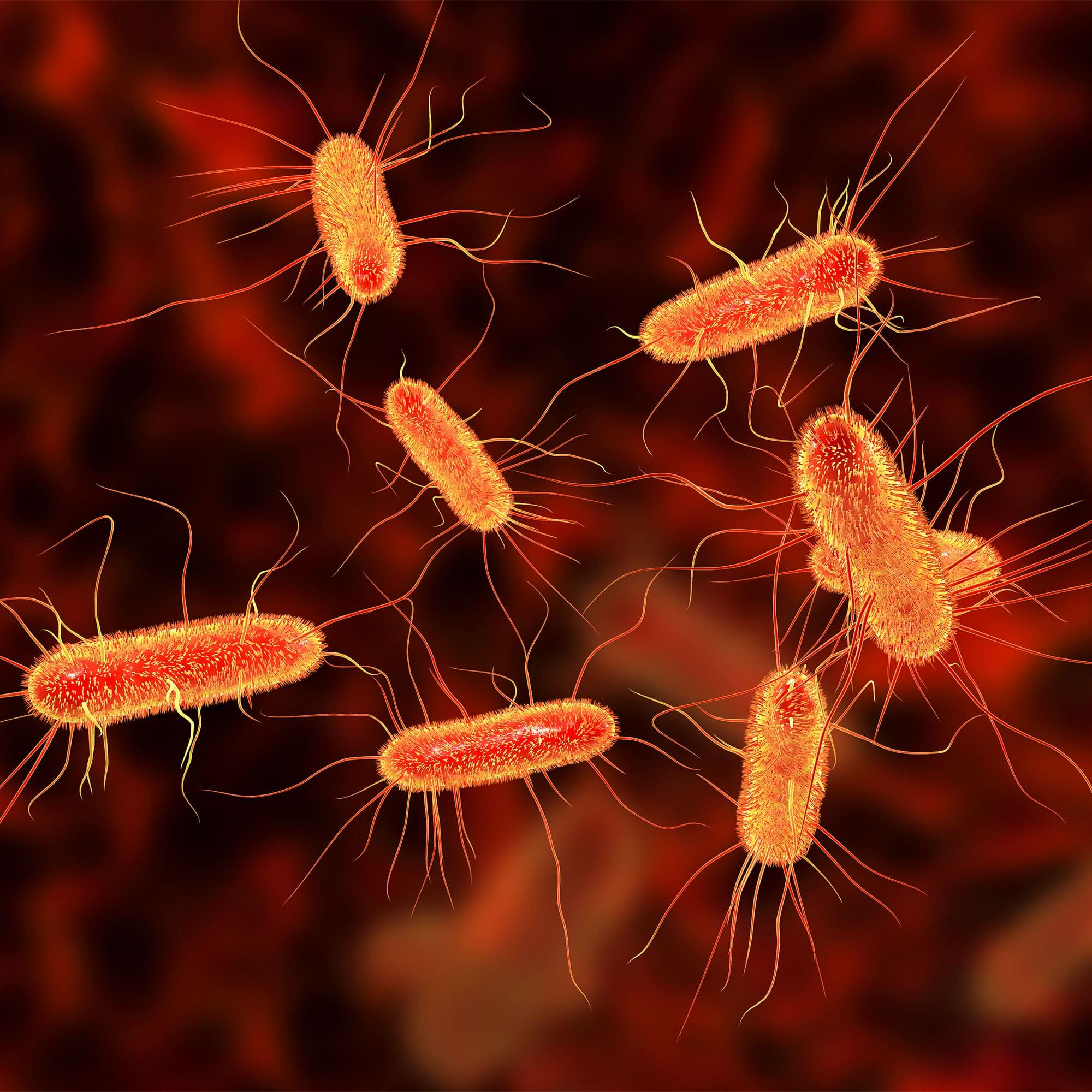KEY TAKEAWAYS
- The study aimed to investigate the molecular mechanisms underlying the synergistic effects of epigenetic priming followed by ICB in patients with NSCLC.
- Researchers noticed that epigenetic priming holds promise for reshaping the TME and guiding personalized combination therapy in patients with NSCLC.
The emergence of resistance to immune checkpoint blockade (ICB) mandates the development of strategies for ICB sensitization.
B. V. Landon and the team aimed to employ a multi-omic approach to understand the effects of epigenetic priming in reshaping the tumor microenvironment (TME) and the genomic drivers of the therapeutic response to epigenetic therapy followed by ICB in non-small cell lung cancer (NSCLC).
Researchers performed an inclusive analysis, conducting whole exome sequencing (WES) on 39 baseline tumors and bulk RNA sequencing (RNAseq) on 18 serial tumors from 42 metastatic immunotherapy-naïve NSCLC patients treated with azacitidine, entinostat, and nivolumab (NCT01928576).
Whole exome sequencing assessed co-mutations, mutation signatures, and genome-wide structural changes, while RNA sequencing was utilized for gene and gene set enrichment analysis (GSEA) and repeat element analysis. Response evaluation post-nivolumab initiation was based on RECIST 1.1 criteria, with exceptional responders defined as patients progression-free at 6 months or alive at 2 years post-initial treatment.
The analysis revealed an enrichment in inactivating mutations in homologous recombination genes in radiographic responders (Fisher’s exact, P=0.0007). Higher germline and somatic HLA class II diversity (Mann-Whitney U-test, P=0.05, and P=0.03, respectively) and enrichment of smoking and DNA damage mutational signatures were noted in radiographic responders (Mann-Whitney U-test, P=0.03 and P=0.15 respectively). Radiographically responding tumors harbored more mutations in genomic regions that were haploid or present in multiple copies (persistent tumor mutation burden; Mann-Whitney U-test, P=0.018).
GSEA revealed an upregulation of inflammatory response gene sets post-epigenetic therapy in patients attaining an exceptional response. Antigen presentation, interferon-alpha, and interferon-gamma related gene sets were upregulated in exceptional responders post epigenetic priming (FDR-adjusted P=0.005, P=0.009, and P=0.011, respectively).
Additionally, an enrichment in interferon-alpha, cancer testis antigens, and interferon-gamma related gene sets was observed in patients with a longer progression-free survival (FDR-adjusted P=0.007, P=0.011 and P=0.013, respectively).
Repeat element analysis showed an increase in long terminal repeats on-therapy in exceptional responders, suggesting induction of repeat element expression with epigenetic therapy. A higher expression of MAGE family tumor-associated antigens (MAGEA10, MAGEB1, MAGEB2) was noted post-epigenetic therapy in exceptional responders.
The study concluded that genomic and transcriptomic analyses demonstrate the potential of epigenetic priming to reshape the tumor microenvironment.
Furthermore, identified patient subgroups poised to benefit from the combination of epigenetic therapy with immunotherapy, suggesting a promising approach for personalized treatment strategies in cancer therapy.
The study was sponsored by the Sidney Kimmel Comprehensive Cancer Center at Johns Hopkins.
Source: https://www.abstractsonline.com/pp8/#!/20272/presentation/7430
Clinical Trial: https://clinicaltrials.gov/study/NCT01928576
Landon B.V., Marrone K.A., Topper M.J., et al. (2024). “Comprehensive genomic and transcriptomic analyses capture the effects of epigenetic therapy priming on immune checkpoint blockade response in non-small cell lung cancer.” Presented at AACR 2024 (Abstract 6551).



